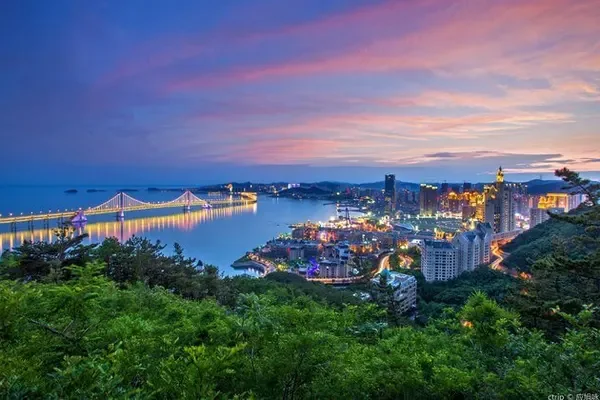introduce
Built in the Eastern Han Dynasty, Yumen Pass, also known as the Small Fangpan City, prospered with the prosperity of the Silk Road. It used to be the only place where merchants from the Western Regions and people from the Central Plains came and went. Because Hetian beautiful jade has been imported into the Central Plains from here since ancient times, it is called Yumen Pass. It has been revived and destroyed many times along with the three links and three musts of the Silk Road, and finally it was reduced to ruins.
What really made Yumenguan famous is the literary works of the ancients. Among them, Wang Zhihuan's "Liangzhou Ci" is the most popular: "The Yellow River is far above the white clouds, and there is an isolated city of Wanren Mountain. Why should the Qiang flute blame the willows? The spring breeze does not pass Yumenguan. "The poem is tragic and desolate, arousing people's yearning for the ancient frontier.
Now Yumen Pass sells joint tickets with Han Great Wall and Hecang City. It is said to be a joint ticket, but it is actually more like a toll. When taking the west line from Dunhuang to Yadan Devil City, vehicles will pass through this section of the road, and you need to pay the joint ticket of Yumen Pass (also the toll of this section of road) to cross the road. Since tickets have to be paid, tourists who take the Dunhuang West Line will visit here and take a group photo.
If you come to Yumen Pass and want to see the majesty and prosperity of the ancient city pass, most of you will be disappointed, because with the erosion of thousands of years, Yumen Pass has already lost its original appearance. The current Yumen Pass looks like a relic of a pile of rammed earth. It is square in shape, about 10 meters high, and more than 20 meters long and wide.
Although it is no longer the grandeur of the past, but entering the small town standing on the vast Gobi, you can imagine the grand scene in the ruins, lament the vicissitudes of history and time, and feel nostalgic for the past. It is a special experience. In front of the city wall is a large stone tablet with the inscription "Small Fangpan City Ruins". There is another stone tablet farther away on the other side of the city wall with the inscription "Yumen Pass Ruins". You can take pictures there as a souvenir.
In addition, 100 meters to the north of the city, there is a wetland that miraculously appeared on the Gobi, called Hala Lake, where there are large reeds, which can be viewed.
opening hours
07:30-18:00 throughout the year; departure time of the last sightseeing bus: 18:00.
Preferential treatment policy
Service Facilities
must see tips
1. Yumenguan is located on the Gobi, the air is dry and the sun is strong, and the wind and sand are relatively strong. Before the tour, you need to prepare enough drinking water and sand-proof sunscreen equipment.
2. It should be noted that there is still controversy as to whether this site is the Yumen Pass of that year. However, Guancheng has gone through more than two thousand years, so it can be used to recall the past and the present no matter what.

